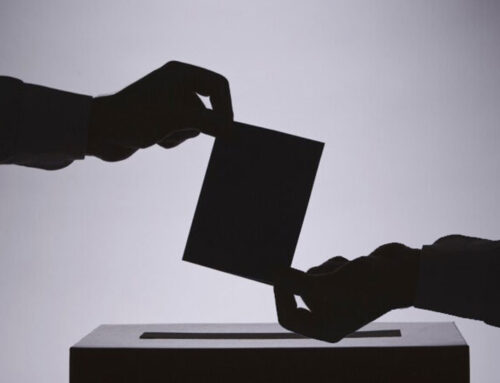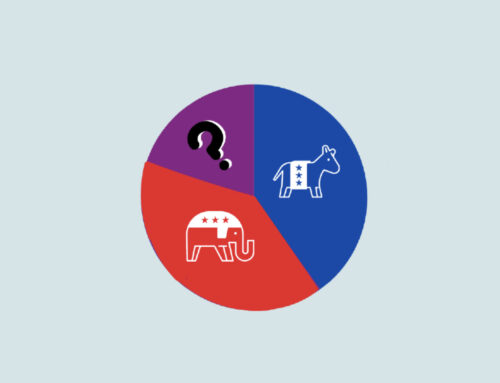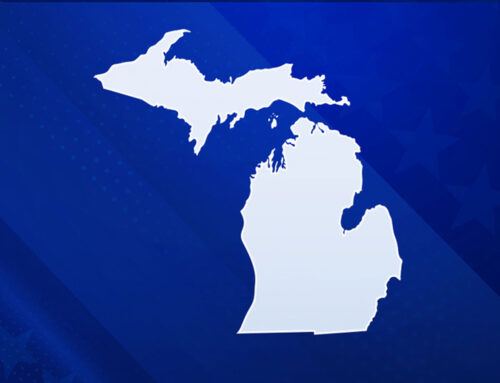As nearly two dozen Democratic presidential candidates descend upon Detroit for next week’s debate, the state of Michigan’s electorate — and what that portends for the 2020 election — couldn’t be more important. Having voted for the Democratic presidential nominee in six consecutive elections from 1992 through 2012, and thus becoming part of the so-called “Blue Wall” that helped propel Bill Clinton and Barack Obama into the White House, Michigan’s unexpected emergence as a swing state that helped propel Donald Trump to victory raises the stakes for the 2020 election.
A new TargetSmart analysis using data from our Insights resource shows that, while still an overwhelmingly white and older electorate, younger voters and Asian voters are a growing share of the state’s vote. A look at who voted for the first time in 2018 reveals that younger, new voters were more engaged in the 2018 midterm election than in the 2016 presidential election, signaling that young voters will be integral to winning the state next November.
Additionally, a new analysis of Michigan’s 2016 Democratic presidential primary reveals that the Democratic electorate is younger and more diverse than Michigan’s general electorate, suggesting that increasing diversification of Michigan will continue to power Democrats in the state. 18-29 year olds comprised 14 percent of the 2016 Democratic primary (compared to 12.4 percent of the general election); African-Americans made up 11.9 percent of the 2016 primary (compared to 9.1 percent of the general); Hispanic voters made up 2.7 percent of the Democratic primary (compared to 0.6 percent of the general); and women made up 60 percent of the Democratic primary (compared to 54 percent of the general election).
Michigan Vote Share by Age
Michigan followed the national trend of an increased share of young voters in 2018 midterm elections compared to the 2014 elections. Voters under 30 increased their vote share by nearly 4 percent compared to 2014, as did voters aged 30-39. Voters aged 40 and above all saw their vote share decrease relative to 2014, with the largest decrease coming from voters aged 50-64 (down 5 percent compared to 2014). Both Asian and Hispanic voters aged 18-39 doubled their vote share relative to 2014 (from 0.6 percent to 1.3 percent, and 0.6 percent to 1.1 percent, respectively).
Michigan Vote Share by Race
Michigan’s 2018 vote share by race remained relatively static compared to 2016 and 2014, with the only significant increase coming from Asian voters, who doubled their vote share relative to 2014 (from 0.4 percent to 0.8 percent). Indeed, more Asian voters voted in the 2018 midterm elections than in the 2016 presidential election (32,326 voters compared to 31, 840 voters). And Asian voters under 30 doubled their vote share relative to 2014, from 9.4 percent to 17.5 percent. Caucasian voters still overwhelmingly dominate Michigan’s elections.
Michigan Vote Share by Gender
In Michigan, gender breakdown of vote share remained relatively stagnant across 2014, 2016, and 2018.
Michigan Vote Share: First Time Vote Share by Age
Our analysis of first time voters’ vote share and newly registered voters reveals the potential for an electoral shift in Michigan, as younger voters demonstrated their growing commitment to political engagement. Half of those who never voted prior to 2018 were under 30 years old, and more than half of infrequent voters were under 40 years old.









